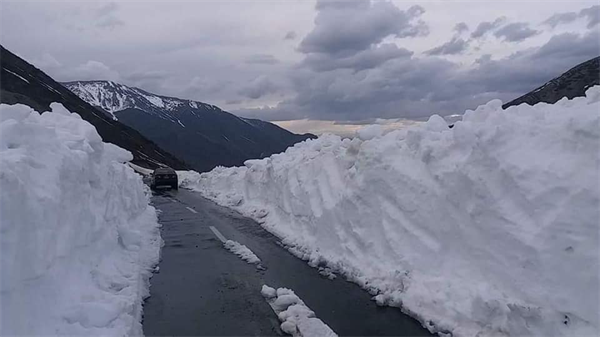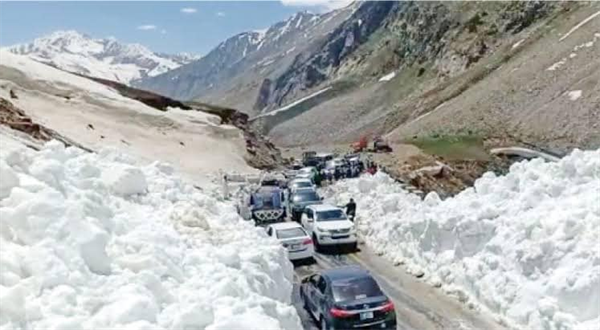In a landmark infrastructure move, the National Highway Authority (NHA) has approved the construction of a 235-kilometer four-lane motorway connecting Mansehra to Chilas via Kaghan, Naran, and Jhal Kund, marking a major development for northern Pakistan’s transportation network.
The new Mansehra-Kaghan-Naran-Chilas Motorway is expected to drastically reduce travel time from seven hours to just two, offering a fast, safe, and efficient route through some of Pakistan’s most scenic and strategically vital terrain. Once completed, the motorway will significantly enhance connectivity within the region and serve as a critical trade and tourism artery under the China-Pakistan Economic Corridor (CPEC).
According to an NHA press release, the project will be constructed to international standards, with special attention to safety and climate resilience. In light of the project’s urgency, the Federal Minister for Communications has directed the NHA to declare an emergency for immediate commencement, reflecting its strategic national importance.

As of mid-May 2025, the Mansehra-Naran-Jalkhad (MNJ) Road has reopened following a six-month winter closure due to snowfall. Tourist traffic has begun returning to Kaghan Valley, while Babusar Pass—the key link between Naran and Chilas—remains closed due to lingering snow and is expected to reopen in the coming weeks.
Experts believe that the new motorway has the potential to transform year-round accessibility in the region. Currently, the MNJ Road and Babusar Pass, which lies at an elevation of 13,700 feet, are closed from late October to late May, disrupting tourism, trade, and daily life for local communities.
If the motorway is constructed at lower elevations or features modern engineering solutions—such as tunnels, snow galleries, and avalanche protection similar to those on the Karakoram Highway—it could operate as an all-weather route. This would not only eliminate seasonal disruptions but also strengthen trade flows along CPEC and attract steady tourism throughout the year.
However, the final alignment of the motorway will determine the extent of its effectiveness. Should the route follow the existing Babusar Pass alignment without significant elevation adjustments or climate-resilient infrastructure, the issue of winter inaccessibility may persist. Strategic rerouting through lower valleys or incorporation of weather-resistant design will be key to unlocking the full potential of the project.
Once operational, the motorway is expected to bring long-term benefits to trade, tourism, and regional development, while offering safer and more reliable travel options for both local residents and international visitors.
















